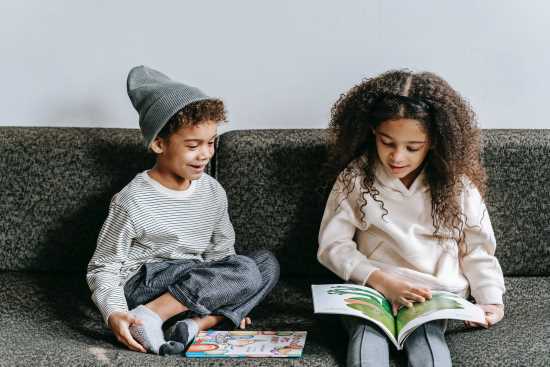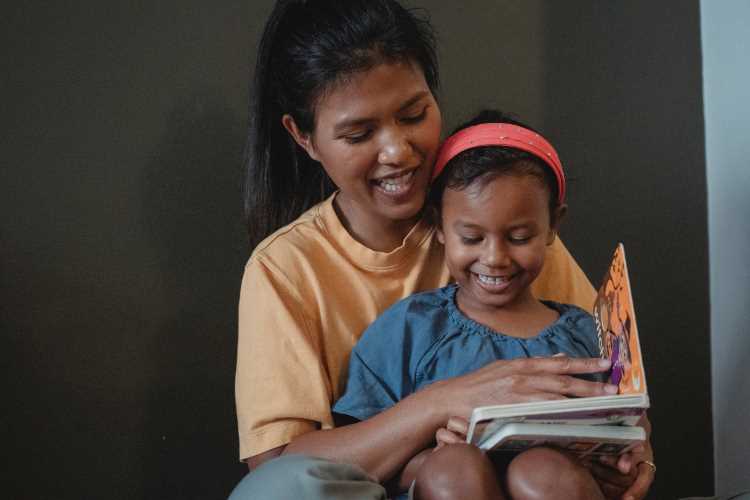Imagine reading a story where there are no nouns used. Will you be able to understand that, or will it make any sense? Well, no! From this, we can say that nouns are essential in our speech. But do you know what a noun is for kids? A noun is a part of speech that names a person, thing, place, idea, quality, or action. In simple words, a noun is usually the name of something. For example, Amazon, Jenny, man, woman, car, bike, etc.
Nouns form a vast proportion of English vocabulary, and they are of different types. Let’s briefly discuss the types of nouns. Nouns can be classified into the following categories.
#1. Proper and Common Nouns
A proper noun is a noun that represents individual entities, for example, India, Jupiter, etc., whereas a common noun represents the class of entities, for example, animal, country, planet, etc.

#2. Countable Nouns and Uncountable Nouns
Countable nouns are nouns that can be counted no matter what the number is, such as people in the world. We can use a/an, the, some, any, a few, and many to quantify these nouns. Whereas the uncountable nouns are the nouns that can not be counted, i.e., they come in a state which is impossible to count like sand, air, etc.
#3. Collective Nouns
Collective nouns represent the group or a collection of people or things. For example, army, pack, etc.
#4. Concrete Nouns and Abstract Nouns
Concrete nouns are used to name things in their material forms. For example, grass, phone, etc., whereas abstract nouns are used to name concepts, ideas, emotions. For example, love, success, etc.

So far, we have explained what is a noun for kids and their categories. Now, let us focus on what is a collective noun.
What is a Collective Noun for KIds?
As we have mentioned above, collective nouns are the nouns used to represent a group or a collection of people or things. They are also called grouped nouns as they represent several things like government, family, team, etc.
Collective nouns usually represent multiple elements but they are treated as a singular unit. For example, the family has many members, but it is collectively represented as one unit.
Therefore, collective nouns are unique because words that identify more than one person, thing, or place have to be made plural, but this is not the case with collective nouns. Hence, a collective noun is a group noun that refers to groups or units in a collective sense.
Now, let’s see some collective noun examples for kids.
Common Collective Nouns for People
#. The choir of singers
#. The group of fans
#. The class of students
#. A firm of lawyers
#. A committee of experts
#. The board of directors
#. The cast of clowns
#. A flock of birds

Common Collective Nouns for Animal Groups
#. A pack of wolves
#. A hive of bees
#. The pride of lions
#. A tribe of goats
#. A flock of birds
#. A brood of chickens
#. A clutch of rabbits
#. A colony of ants
More Collective Noun Examples
#. A batch of DVD’s
#. A box of chocolates
#. A deck of cards
#. The galaxy of stars
#. An array of magazines
These were some collective noun examples for kids.
How to Use Collective Nouns Correctly? The Usage of Collective Nouns Explained
The use of collective nouns in a sentence gets confusing at times because it is difficult to understand whether to use singular or plural verbs or pronouns. It is important to identify whether the collective noun used refers to a group working as a unit or to members of the group acting on their own.
For example, the class (collective noun) members begin their (plural verb and pronoun) assignments while waiting for their teacher. Hence, we can say that plural verbs have to be used with collective nouns when a collective noun or the members of the unit are acting as individuals.
But the case is just the opposite with a singular verb. Singular verbs are used with collective nouns when the group is considered as an impersonal unit acting in unison. For example, the class(collective noun) waits (singular verb) for the principal to finish her speech quietly. Here, the class is a collective noun and is referred to as a unit acting in unison, and all the students of the class are doing the same thing simultaneously.
Conclusion
At the Real School Of Montessori, we don’t believe in making your child learn rote memorisation. Instead, we believe in making your child’s concept clear so that he/she remembers it and can use and relate it in their daily life. Consequently, we have explained the collective nouns in a way where your child will find them easy to understand. As we work on the very foundation of what we learn and how we learn, you can secure the finest education for your child and pave their way to a brighter tomorrow. Check the site today!







